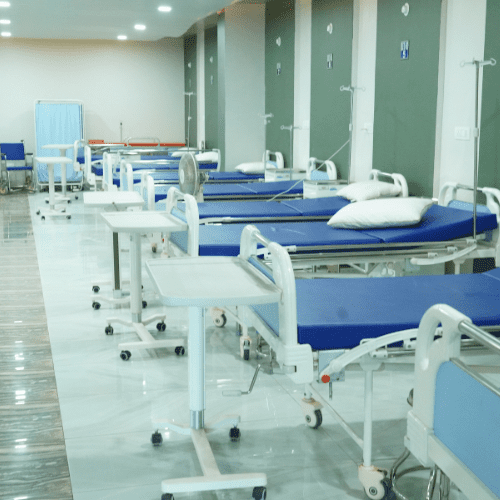Patient safety protocols are essential frameworks established to minimize the risk of harm to patients during the provision of health care. In an era marked by rapid advancements in medical technologies and evolving healthcare systems, the emphasis on patient safety has become increasingly critical. The goal of these protocols is not only to safeguard patients from preventable medical errors but also to foster a culture of safety within healthcare organizations. Understanding the importance of patient safety protocols and their key components is vital for healthcare providers, patients, and policymakers alike.
Understanding the Importance of Patient Safety Protocols
Patient safety protocols play a pivotal role in enhancing the quality of healthcare services. They are designed to identify potential risks and implement measures that mitigate those risks, thereby protecting patients from harm. A robust patient safety culture encourages transparency, open communication, and collaboration among healthcare teams, which are crucial for identifying and addressing safety concerns proactively. With the increasing complexity of medical procedures and treatments, adherence to established safety protocols is imperative in ensuring that patients receive care that is both effective and safe.
Moreover, patient safety protocols can lead to significant improvements in health outcomes. Research indicates that when healthcare organizations prioritize safety, they reduce the incidence of medical errors, infections, and adverse events. This, in turn, fosters trust between patients and healthcare providers, as patients feel more secure in the care they receive. Additionally, a focus on patient safety can contribute to the overall efficiency of healthcare delivery, ultimately leading to lower healthcare costs and improved resource utilization.
Another critical aspect of patient safety protocols is their role in compliance with regulatory standards and accreditation requirements. Healthcare organizations must adhere to guidelines set forth by national and international bodies to ensure high-quality care. Non-compliance can result in severe repercussions, including legal liabilities and loss of accreditation. By implementing and sustaining effective patient safety protocols, healthcare institutions can align themselves with these regulations and demonstrate their commitment to maintaining high standards of patient care.
Key Components of Effective Patient Safety Strategies
One of the foundational components of effective patient safety strategies is the establishment of clear communication channels within healthcare teams. Open lines of communication allow for the timely sharing of critical information about patient care, potential risks, and adverse events. This practice not only fosters teamwork but also empowers healthcare professionals to speak up about safety concerns without fear of retribution. Regular training sessions and workshops that emphasize the importance of communication can further enhance this aspect, ensuring that every member of the team understands the protocols and feels encouraged to contribute to patient safety.
Another critical element is the implementation of standardized protocols and checklists, which serve as essential tools in reducing variability in patient care. For instance, the use of surgical checklists has been shown to decrease surgical complications and mortality rates significantly. By standardizing procedures, healthcare facilities can minimize the chances of errors related to misunderstandings or deviations from established practices. Continuous monitoring and updating of these protocols based on the latest evidence and best practices are also vital to ensure their effectiveness in the ever-evolving healthcare landscape.
Finally, fostering a culture of safety within healthcare organizations is paramount. Leadership commitment to patient safety, coupled with active involvement from all staff levels, helps create an environment where safety is prioritized. Organizations can promote this culture by recognizing and rewarding safe practices, encouraging reporting of near misses and errors, and providing ongoing education about patient safety. A strong safety culture not only protects patients but also contributes to staff morale, leading to a healthier work environment and improved patient care outcomes.
In conclusion, patient safety protocols are integral to the delivery of high-quality healthcare. Their importance cannot be overstated, as they serve to mitigate risks, improve health outcomes, and ensure compliance with regulatory standards. By understanding the key components of effective patient safety strategies—such as clear communication, standardized procedures, and a culture of safety—healthcare organizations can enhance their capacity to provide safe, effective, and patient-centered care. Ultimately, a steadfast commitment to patient safety will benefit not only patients but also healthcare professionals and the broader healthcare system as a whole.



